Electric Arc Furnace VS Blast Furnace
Introduction of Electric Arc Furnace VS Blast Furnace
Introduction of Electric Arc Furnace
Electric arc furnace is an electric furnace that uses the high temperature generated by electrode arc to smelt ore and metal. When gas discharge forms an arc, the energy is very concentrated, and the temperature of the arc area is above 3000 ℃. For smelting metal, the electric arc furnace has greater process flexibility than other steelmaking furnaces, can effectively remove impurities such as sulfur and phosphorus, the furnace temperature is easy to control, and the equipment covers a small area, which is suitable for smelting high-quality alloy steel.
The industrial furnace that generates electric arc heating through metal electrodes or non-metal electrodes is called an electric arc furnace. According to the form of electric arc, electric arc furnaces can be divided into three-phase electric arc furnaces, consumable electric arc furnace, single-phase electric arc furnaces, and resistance electric arc furnace. The furnace body of electric arc steelmaking furnace is composed of furnace cover, furnace door, tapping trough, and furnace body. The furnace bottom and furnace wall are built with alkaline refractory or acid refractory. Electric arc steelmaking furnace is divided into ordinary power electric arc furnace, high power electric arc furnace, and ultra-high power electric arc furnace according to the transformer capacity per ton of furnace capacity. Electric arc furnace steelmaking is to input electric energy into the electric arc steelmaking furnace through graphite electrode and make steelmaking with the electric arc between the electrode end and the charge as the heat source. The electric arc furnace takes electric energy as the heat source and can adjust the atmosphere in the furnace, which is very beneficial to smelting steel grades containing more easily oxidized elements. Shortly after the invention of electric arc furnace steelmaking, it was used to smelt alloy steel and developed greatly.
With the improvement of electric arc furnace equipment and smelting technology and the development of the electric power industry, the cost of electric arc furnace steelmaking continues to decline. Now electric arc furnace steelmaking is not only used to produce alloy steel, but also a large number of ordinary carbon steel. Its output accounts for an increasing proportion of the total steel output of major industrial countries.
Introduction of Blast Furnace
The blast furnace is made of steel plate with refractory brick lining inside. From top to bottom, the blast furnace body is divided into five parts: furnace throat, furnace body, furnace waist, bosh, and hearth. Due to the advantages of good technical and economic indicators, simple process, large production capacity, high labor production efficiency, and low energy consumption, the iron produced by this method accounts for the vast majority of the total iron output in the world.
During blast furnace production, iron ore, coke, and slag forming flux (limestone) are loaded from the top of the furnace, and preheated air is blown from the tuyere located at the lower part of the furnace along the periphery of the furnace. Under high temperature, the carbon in coke (some blast furnaces also inject pulverized coal, heavy oil, natural gas, and other auxiliary fuels) and the carbon monoxide and hydrogen generated by the combustion of oxygen blown into the air will remove the oxygen in iron ore during the rising process in the furnace, so as to obtain iron. The molten iron is discharged from the iron mouth. Unreduced impurities in iron ore combine with fluxes such as limestone to form slag, which is discharged from the slag mouth. The produced gas is discharged from the top of the furnace and used as fuel for hot blast stove, heating furnace, coke oven, boiler, etc. after dust removal.
The main products of blast furnace smelting are pig iron, as well as blast furnace slag and blast furnace gas.
Characteristics of Electric Arc Furnace VS Blast Furnace
Characteristics of Electric Arc Furnace
Electric arc steelmaking furnace takes electric energy as the main energy. The electric energy generates high temperature above 2000 ~ 6000 ℃ through the discharge arc between graphite electrode and furnace charge and melts the scrap raw material in the way of arc radiation, temperature convection, and heat conduction.
Electric arc furnace steelmaking process is short, the equipment is simple, the operation is convenient, the pollution is easy to control, the construction investment is small, the floor area is small, and there is no need to rely on the complex ironmaking system like converter steelmaking.
Electric arc furnace steelmaking has strong adaptability to furnace charge. It takes scrap steel as the main raw material, but it can also use solid and liquid iron-containing raw materials such as molten iron (molten iron of blast furnace or cupola), sponge iron (DRI), hot-pressed block (HBI), pig iron block and so on.
Electric arc furnace can not only smelt high-quality steel with low phosphorus, sulfur, and oxygen content but also use a variety of elements for alloying (including elements easy to be oxidized such as lead, boron, vanadium, titanium, and rare earth) to produce all kinds of high-quality steel and alloy steel, such as ball-bearing steel, stainless and acid-resistant steel, tool steel, electrical steel, heat-resistant steel, magnetic materials, and special alloys.
Characteristics of Blast Furnace
Characteristics of blast furnace ironmaking: large scale. Whether in other countries in the world or China, the volume of the blast furnace is expanding. For example, the blast furnace of Baosteel in China is 4063 cubic meters, with a daily output of pig iron of more than 10000 tons, slag of more than 4000 tons, and coke consumption of more than 4000 tons.
Blast furnace smelting is a continuous production process of reducing iron ore into pig iron. Solid raw materials such as iron ore, coke, and flux are fed into the blast furnace in batches by the furnace top charging device according to the specified batching ratio, and the material surface of the furnace throat is maintained at a certain height. Coke and ore form alternating layered structures in the furnace. The ore material is gradually reduced and melted into iron and slag in the descending process, gathered in the hearth, and discharged from the iron mouth and slag mouth regularly.
Under high temperature, the carbon in coke (some blast furnaces also inject pulverized coal, heavy oil, natural gas, and other auxiliary fuels) and the carbon monoxide and hydrogen generated by the combustion of oxygen blown into the air will remove the oxygen in iron ore during the rising process in the furnace, so as to obtain iron. The molten iron is discharged from the iron mouth. Unreduced impurities in iron ore combine with fluxes such as limestone to form slag, which is discharged from the slag mouth.
Electric Arc Furnace Smelting Finished Products VS Blast Furnace Smelting Finished Products
Electric Arc Furnace Smelting Finished Products
The raw materials of electric arc steelmaking furnaces are mainly solid scrap with alloy and pig iron for adjusting carbon content. It can also use direct reduced iron or some hot molten iron. The selection range of raw materials is wide; Therefore, except for some ultra-low carbon steel varieties, or varieties and special alloy materials that must adopt special means such as vacuum treatment, most steel varieties can be smelted.
Blast Furnace Smelting Finished Products
Pig iron is the product of the blast furnace (referring to the smelting of pig iron in the blast furnace), and the products of the blast furnace are not only pig iron, but also ferromanganese, belonging to ferroalloy products. A ferromanganese blast furnace does not participate in the calculation of various indexes of the ironmaking blast furnace. In the process of blast furnace ironmaking, by-products such as water slag, slag wool, and blast furnace gas are also produced.
Hani Tech is a Hot Rolling Mill manufacturing company working mainly in the area of the bar and wire rod mills, high-speed wire rod mills, high-speed rebar rolling mills, TMT rolling mills, flying shear, cold strip rolling mill, reheating furnace, induction furnace, intermediate frequency furnace, electric arc furnace, ladle refining furnace, blast furnace, continuous casting machine.
Free send inquiry to stella@hanrm.com if any needs.
Whatsapp/Wechat:+8615877652925
Email: stella@hanrm.com stellarollingmill@gmail.com
Website: https://www.hanrm.com
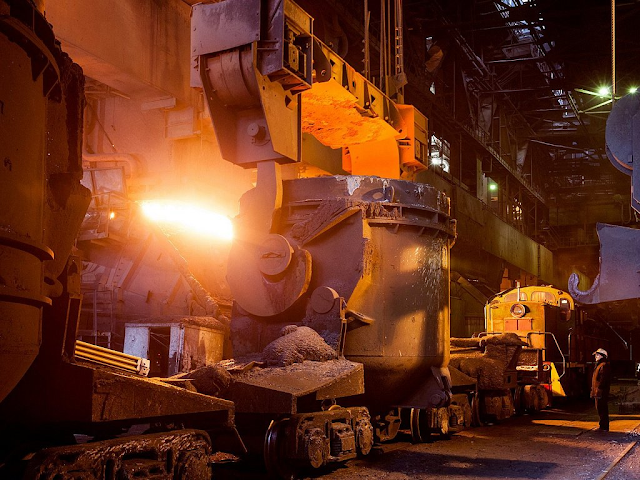

.jpg)
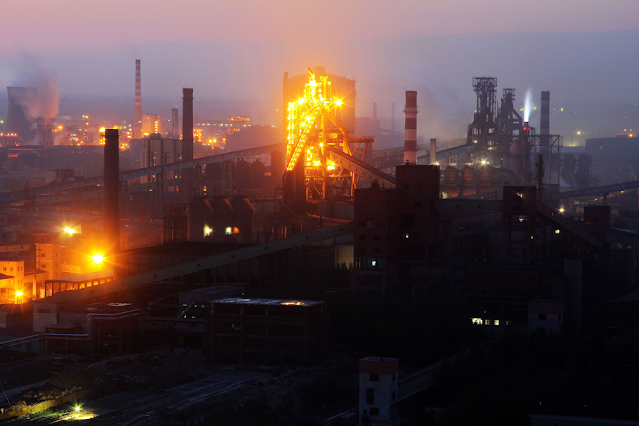
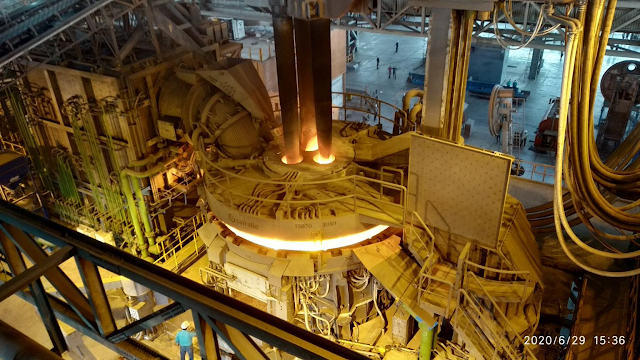


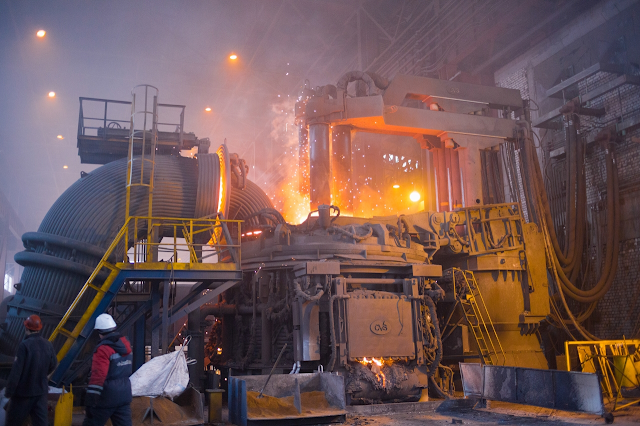
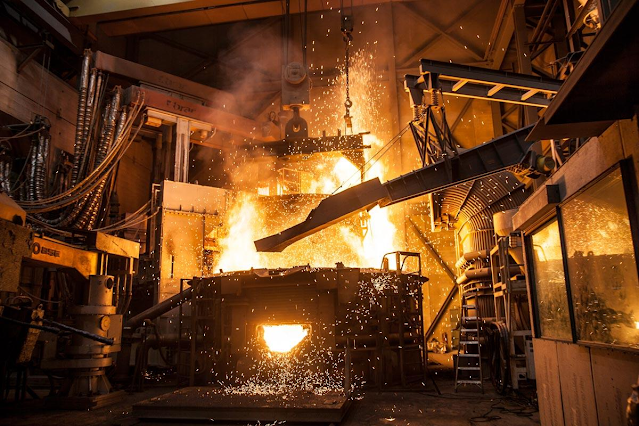
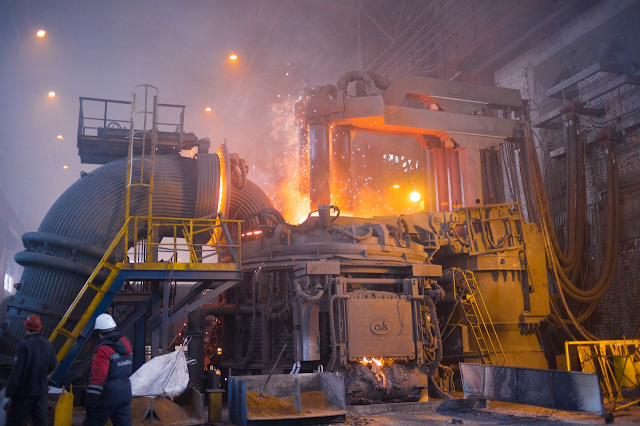
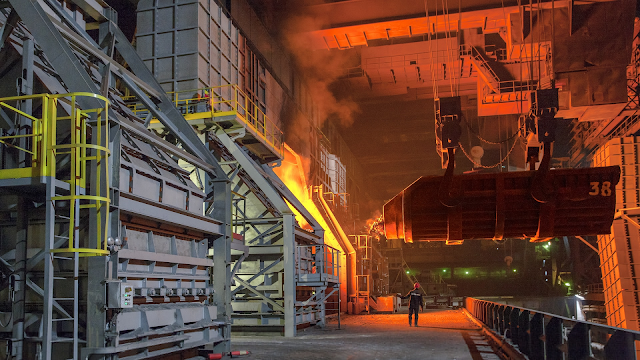
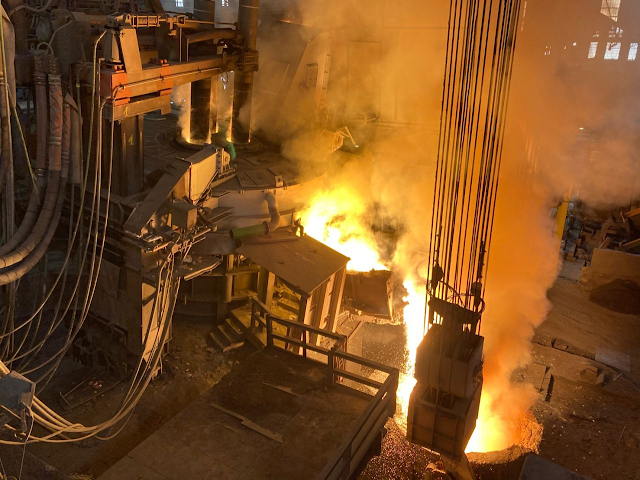

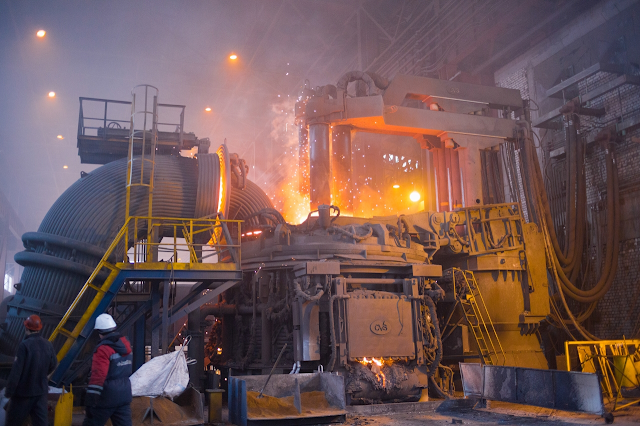

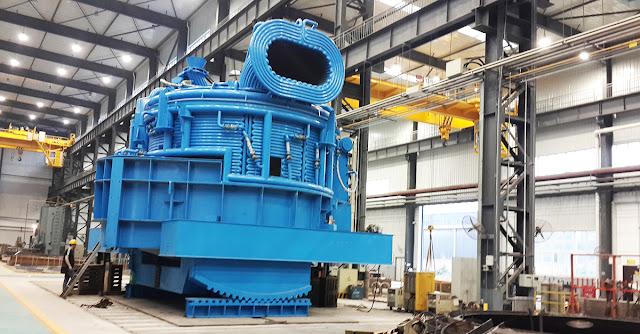




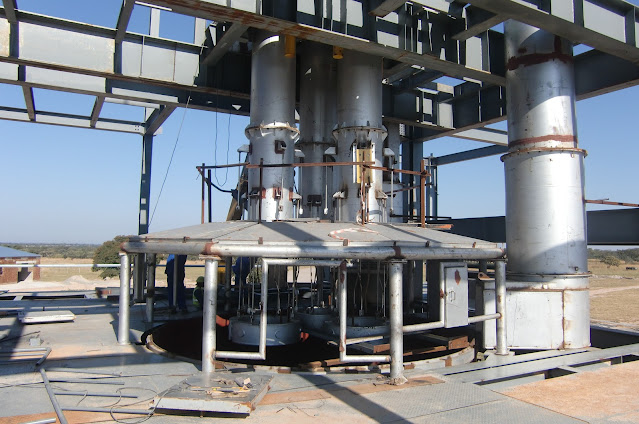

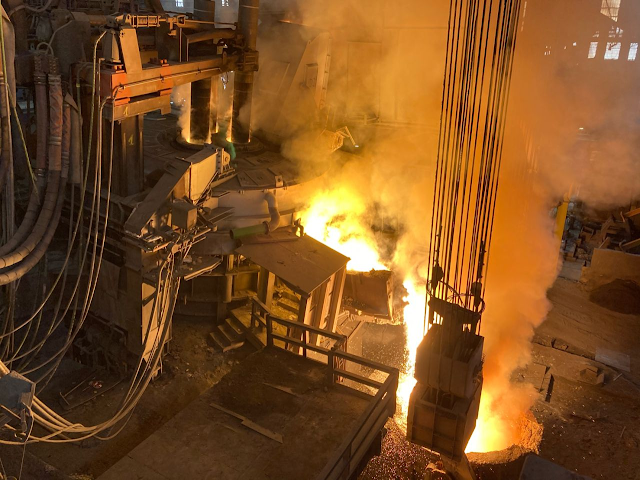

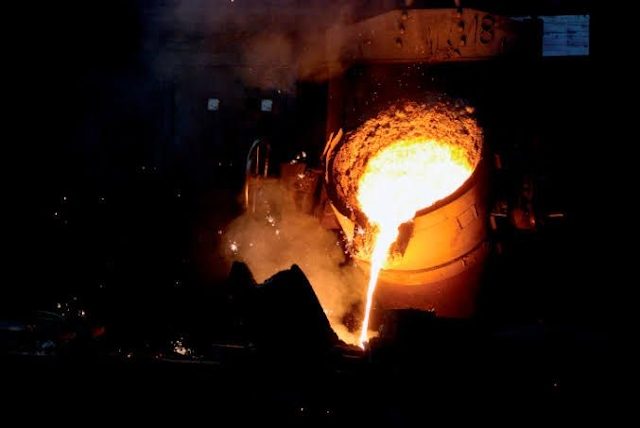
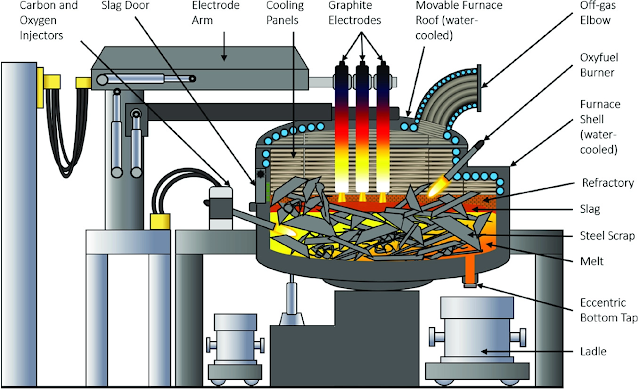

.jpg)







